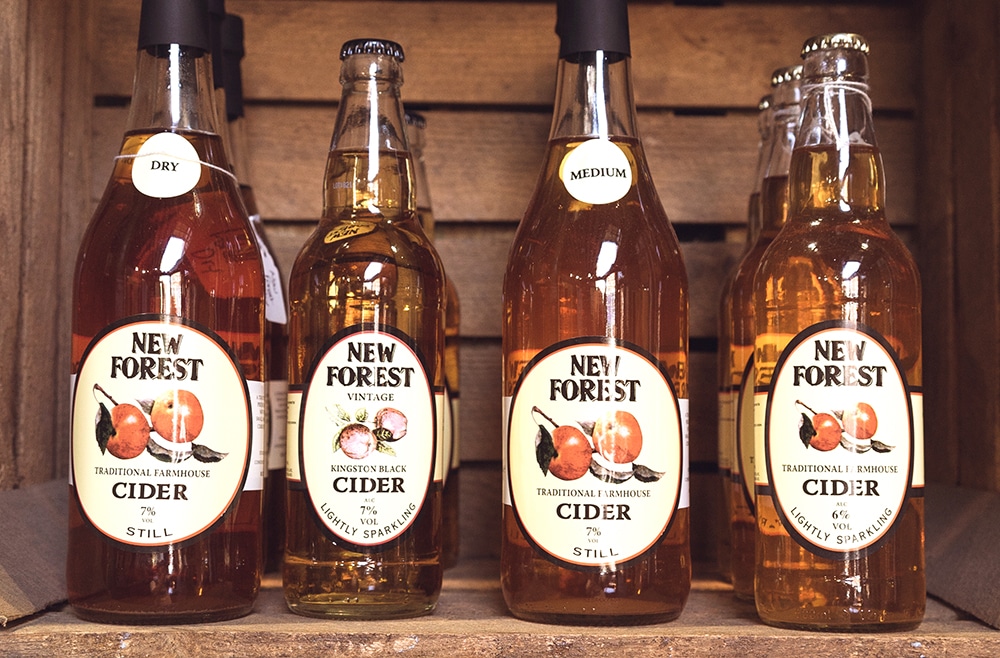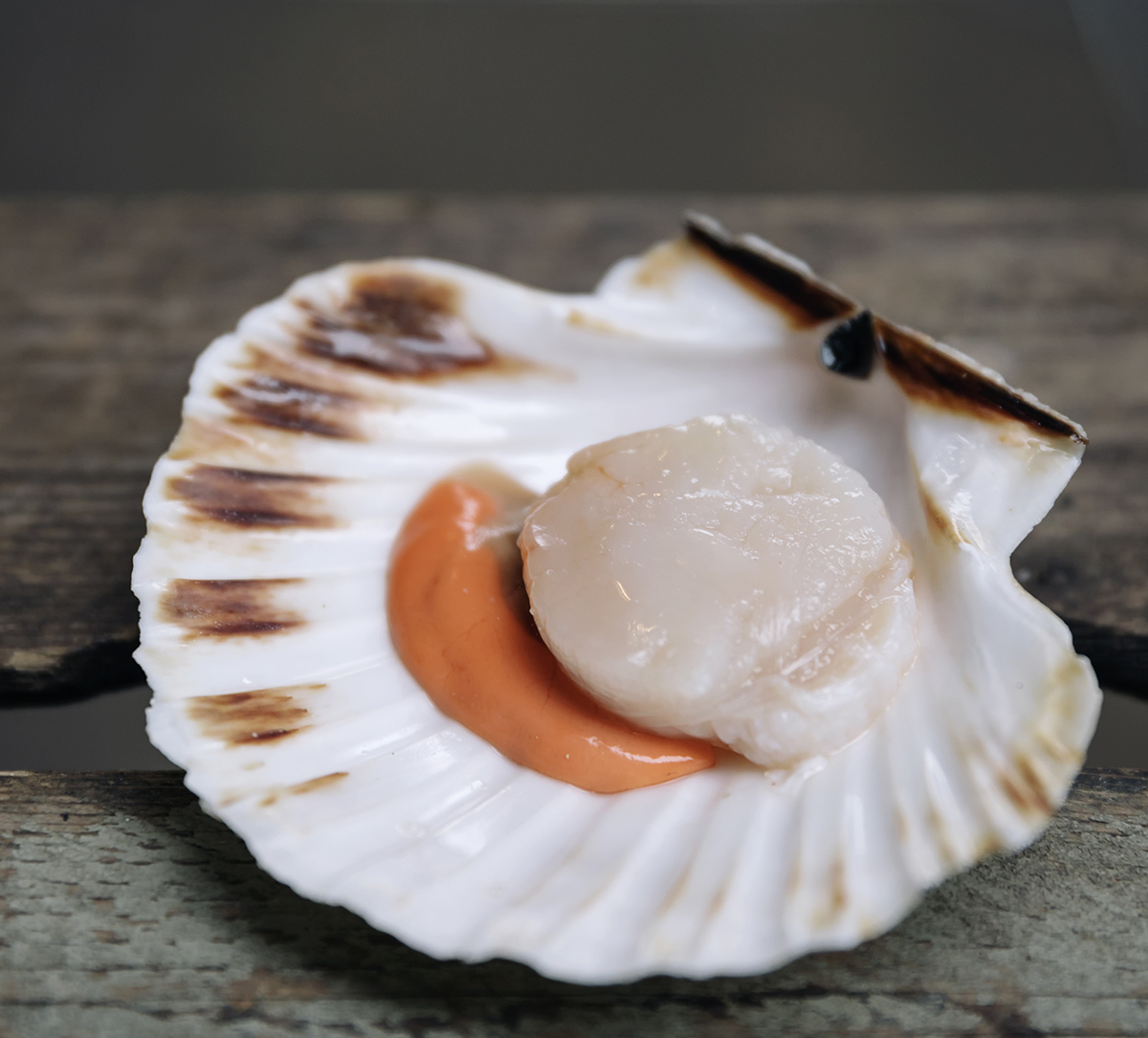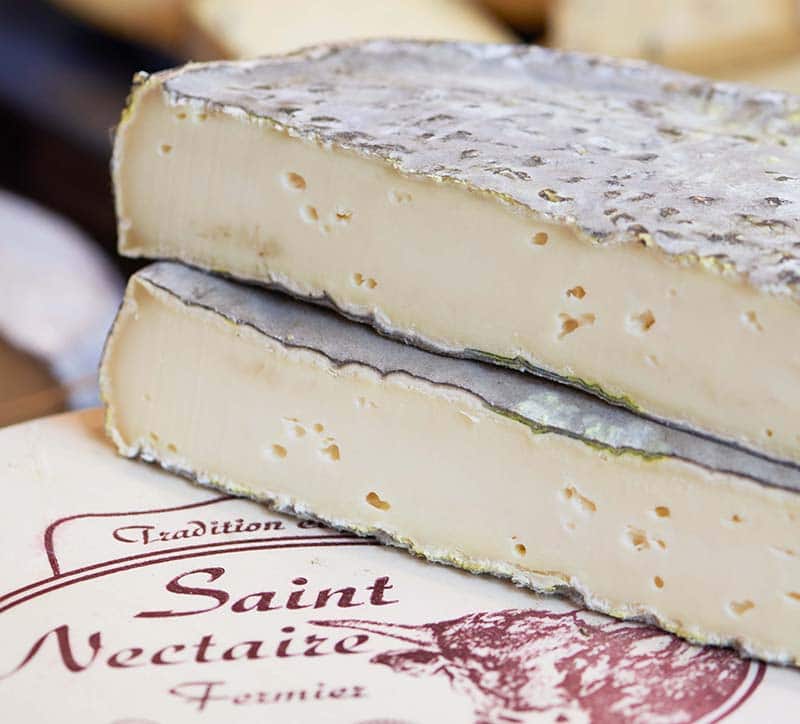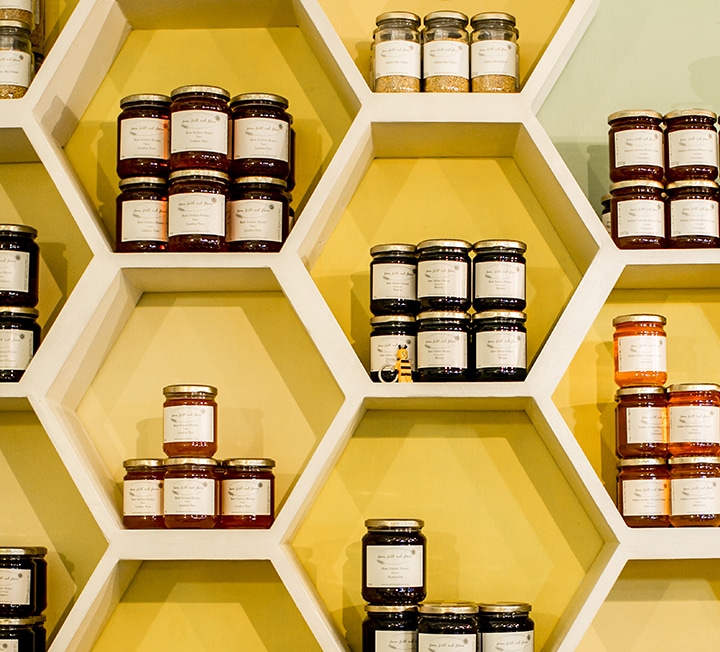In praise of: New Forest cider
Mark Riddaway sings the praises of proper cider from The Cider House


“THE FIRST PINT HAD THE FLAVOUR PROFILE OF A CORPSE-STREWN ENGLISH CIVIL WAR BATTLEFIELD. THE SECOND WAS OKAY”
Years ago, when I lived in Bristol, some of my friends rented a flat above a tiny backstreet cider pub, which became our second home. The house cider was an extraordinary thing: murky, acrid and utterly lethal. Drinking it was like jumping into an ice-cold sea: shockingly unpleasant at first, with a fair bit of liquid needing to be ploughed through before the shivers subsided and immersion became bearable. The first pint had the flavour profile of a corpse-strewn English Civil War battlefield. The second was okay. The third was ambrosia.
Enquiries as to the cider’s strength would be met with a one-word answer: “Depends.” The effects were more psychedelic than alcoholic. No sane person could drink more than three (and if they did, their sanity wouldn’t fully survive the experience). At £1 a pint, you’d stagger out filled with mayhem and pork scratchings, still with change from a fiver. On reflection, they can’t have been paying any alcohol duties. On further reflection, it may not have officially been a pub.
It felt weird when, a few years later, I moved to London and cider suddenly became fashionable. Cider here was something that tasted less of decomposition and more of ice cubes, bubbles and advertising. Cider drinking was a lifestyle statement rather than a problem. Confused, I committed myself to beer instead. Now, The Cider House has started to win me back round.
Made in the village of Burley in the New Forest, these are real ciders, with body and soul – a world away from the sweet, insipid fizz of mass-produced brands. They taste of apples, and not just any apples: identifiable cultivars from the stall’s own farm and a couple of other traditional orchards. They vary significantly from style to style, and minutely from batch to batch. And, unlike those of my past, they definitely weren’t brewed in a black plastic bin out the back.


